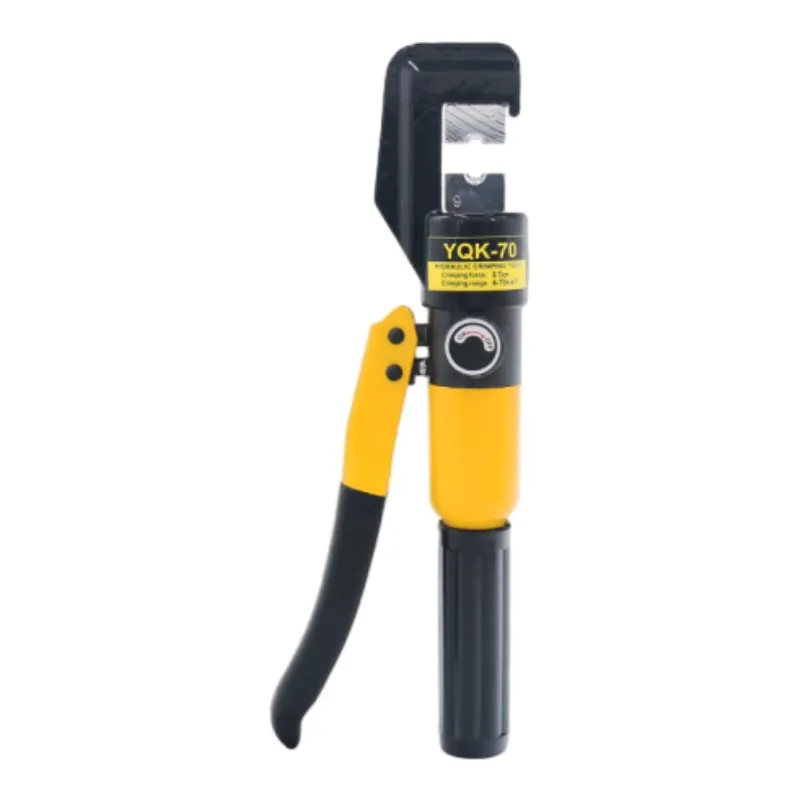
-
 Afrikaans
Afrikaans -
 Albanian
Albanian -
 Amharic
Amharic -
 Arabic
Arabic -
 Armenian
Armenian -
 Azerbaijani
Azerbaijani -
 Basque
Basque -
 Belarusian
Belarusian -
 Bengali
Bengali -
 Bosnian
Bosnian -
 Bulgarian
Bulgarian -
 Catalan
Catalan -
 Cebuano
Cebuano -
 Corsican
Corsican -
 Croatian
Croatian -
 Czech
Czech -
 Danish
Danish -
 Dutch
Dutch -
 English
English -
 Esperanto
Esperanto -
 Estonian
Estonian -
 Finnish
Finnish -
 French
French -
 Frisian
Frisian -
 Galician
Galician -
 Georgian
Georgian -
 German
German -
 Greek
Greek -
 Gujarati
Gujarati -
 Haitian Creole
Haitian Creole -
 hausa
hausa -
 hawaiian
hawaiian -
 Hebrew
Hebrew -
 Hindi
Hindi -
 Miao
Miao -
 Hungarian
Hungarian -
 Icelandic
Icelandic -
 igbo
igbo -
 Indonesian
Indonesian -
 irish
irish -
 Italian
Italian -
 Japanese
Japanese -
 Javanese
Javanese -
 Kannada
Kannada -
 kazakh
kazakh -
 Khmer
Khmer -
 Rwandese
Rwandese -
 Korean
Korean -
 Kurdish
Kurdish -
 Kyrgyz
Kyrgyz -
 Lao
Lao -
 Latin
Latin -
 Latvian
Latvian -
 Lithuanian
Lithuanian -
 Luxembourgish
Luxembourgish -
 Macedonian
Macedonian -
 Malgashi
Malgashi -
 Malay
Malay -
 Malayalam
Malayalam -
 Maltese
Maltese -
 Maori
Maori -
 Marathi
Marathi -
 Mongolian
Mongolian -
 Myanmar
Myanmar -
 Nepali
Nepali -
 Norwegian
Norwegian -
 Norwegian
Norwegian -
 Occitan
Occitan -
 Pashto
Pashto -
 Persian
Persian -
 Polish
Polish -
 Portuguese
Portuguese -
 Punjabi
Punjabi -
 Romanian
Romanian -
 Russian
Russian -
 Samoan
Samoan -
 Scottish Gaelic
Scottish Gaelic -
 Serbian
Serbian -
 Sesotho
Sesotho -
 Shona
Shona -
 Sindhi
Sindhi -
 Sinhala
Sinhala -
 Slovak
Slovak -
 Slovenian
Slovenian -
 Somali
Somali -
 Spanish
Spanish -
 Sundanese
Sundanese -
 Swahili
Swahili -
 Swedish
Swedish -
 Tagalog
Tagalog -
 Tajik
Tajik -
 Tamil
Tamil -
 Tatar
Tatar -
 Telugu
Telugu -
 Thai
Thai -
 Turkish
Turkish -
 Turkmen
Turkmen -
 Ukrainian
Ukrainian -
 Urdu
Urdu -
 Uighur
Uighur -
 Uzbek
Uzbek -
 Vietnamese
Vietnamese -
 Welsh
Welsh -
 Bantu
Bantu -
 Yiddish
Yiddish -
 Yoruba
Yoruba -
 Zulu
Zulu


Aug . 01, 2024 04:31 Back to list
Exploring the Importance of Pool Bonding and Proper Ground Rod Installation for Safety
Understanding Pool Bonding and Ground Rods Ensuring Safety in Swimming Pools
When it comes to enjoying a refreshing swim on a hot summer day, safety should always be a primary concern for pool owners. One critical aspect of pool safety that is often overlooked is the concept of bonding, which includes the proper use of ground rods. In this article, we will delve into the importance of pool bonding and the role of ground rods in maintaining a safe swimming environment.
What is Pool Bonding?
Pool bonding refers to the process of electrically connecting various metal components within and around a swimming pool. This includes elements such as ladders, railings, and even the pool shell itself. The primary goal of bonding is to ensure that all metal parts are at the same electrical potential, thereby reducing the risk of electric shock. This is particularly crucial in an environment where water and electricity coexist.
An essential component of bonding is the installation of a grounding system. This involves the use of ground rods, which serve as a key part of the overall electrical safety system for the pool. Ground rods are typically made of copper or other conductive materials and are driven deep into the earth in order to establish a low-resistance path for electrical currents to dissipate safely into the ground.
Why Are Ground Rods Important?
Ground rods play several critical roles in enhancing the safety of swimming pools. Firstly, they provide a direct path for stray electrical currents to flow harmlessly into the ground. In the event of a fault or electrical surge, the ground rod ensures that these currents do not energize the pool’s metallic components, which could pose a serious risk of electric shock to swimmers.
Secondly, ground rods help to protect the pool’s electrical system, including filters, pumps, and lighting fixtures, from damage due to lightning strikes and electrical surges. By grounding these systems properly, pool owners can minimize potential damage and maintain the functionality and longevity of their equipment.
pool bonding ground rod

Installing Pool Bonding and Ground Rods
The installation of bonding systems and ground rods should be carried out by a qualified electrician familiar with local codes and regulations. The National Electrical Code (NEC) provides guidelines for bonding pools and installing grounding systems, ensuring compliance with safety standards.
During installation, bond wires are typically connected to all metal parts around the pool. It is essential that these connections are secure and corrosion-resistant. Ground rods should also be installed correctly, with proper depth and spacing, to ensure effective grounding.
Maintaining Pool Bonding Systems
Once installed, it is crucial to regularly inspect and maintain the bonding and grounding systems of the pool. Over time, wear and tear, corrosion, and environmental factors can affect the integrity of the connections and the effectiveness of the ground rods. Regular checks can help identify any issues early, allowing for timely repairs that enhance safety.
In addition to regular inspections, pool owners should also ensure that the overall electrical system of the pool is maintained. This includes routine checks of pumps, lights, and any other electrical equipment, ensuring that they function correctly and are free of faults.
Conclusion
In summary, pool bonding and ground rods are essential components in maintaining a safe swimming environment. By properly bonding metal components and installing effective ground rods, pool owners can significantly reduce the risk of electric shock and enhance the longevity of their pool’s electrical systems. Investing in safety measures not only protects swimmers but also provides peace of mind for pool owners, allowing everyone to enjoy a worry-free swim.











